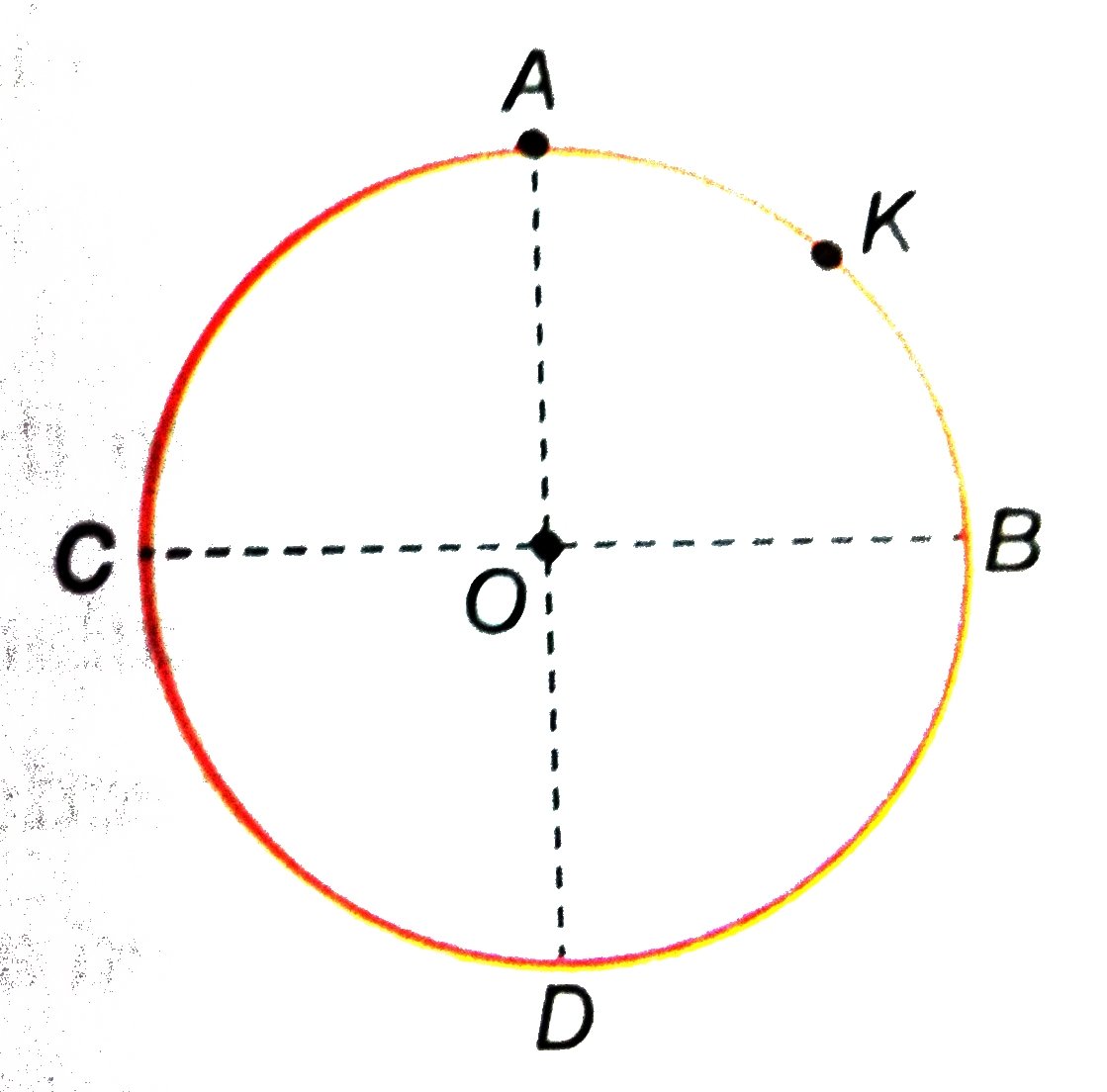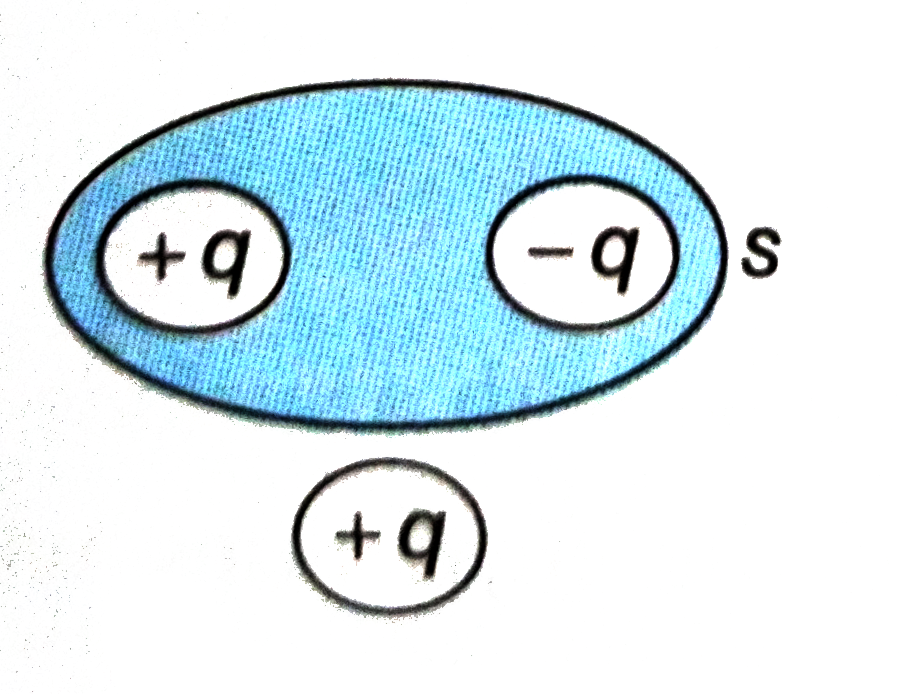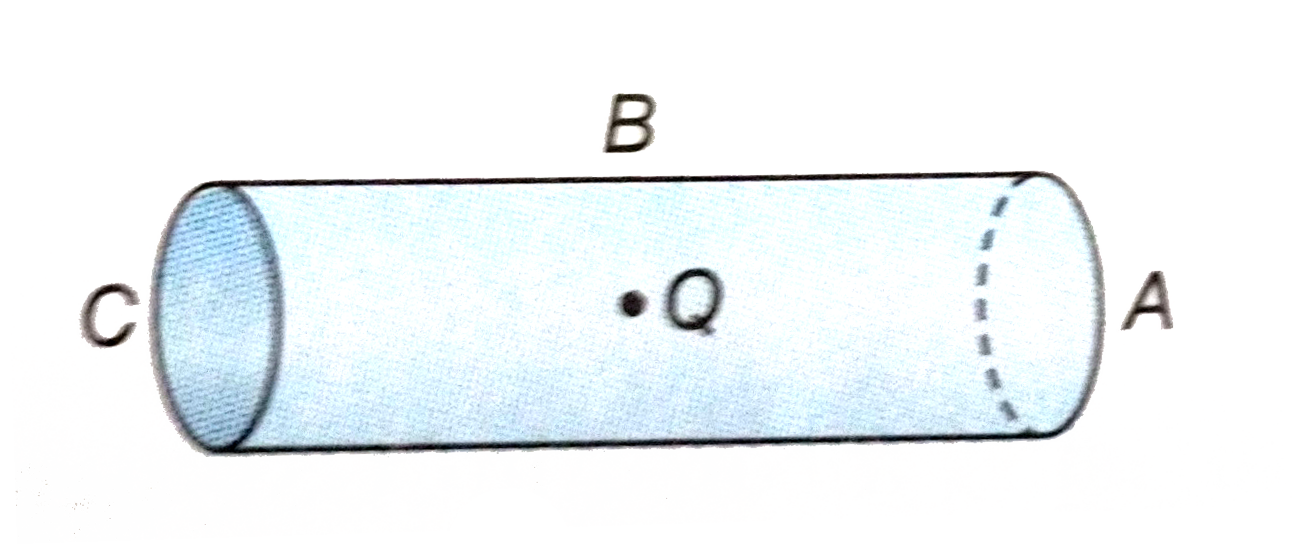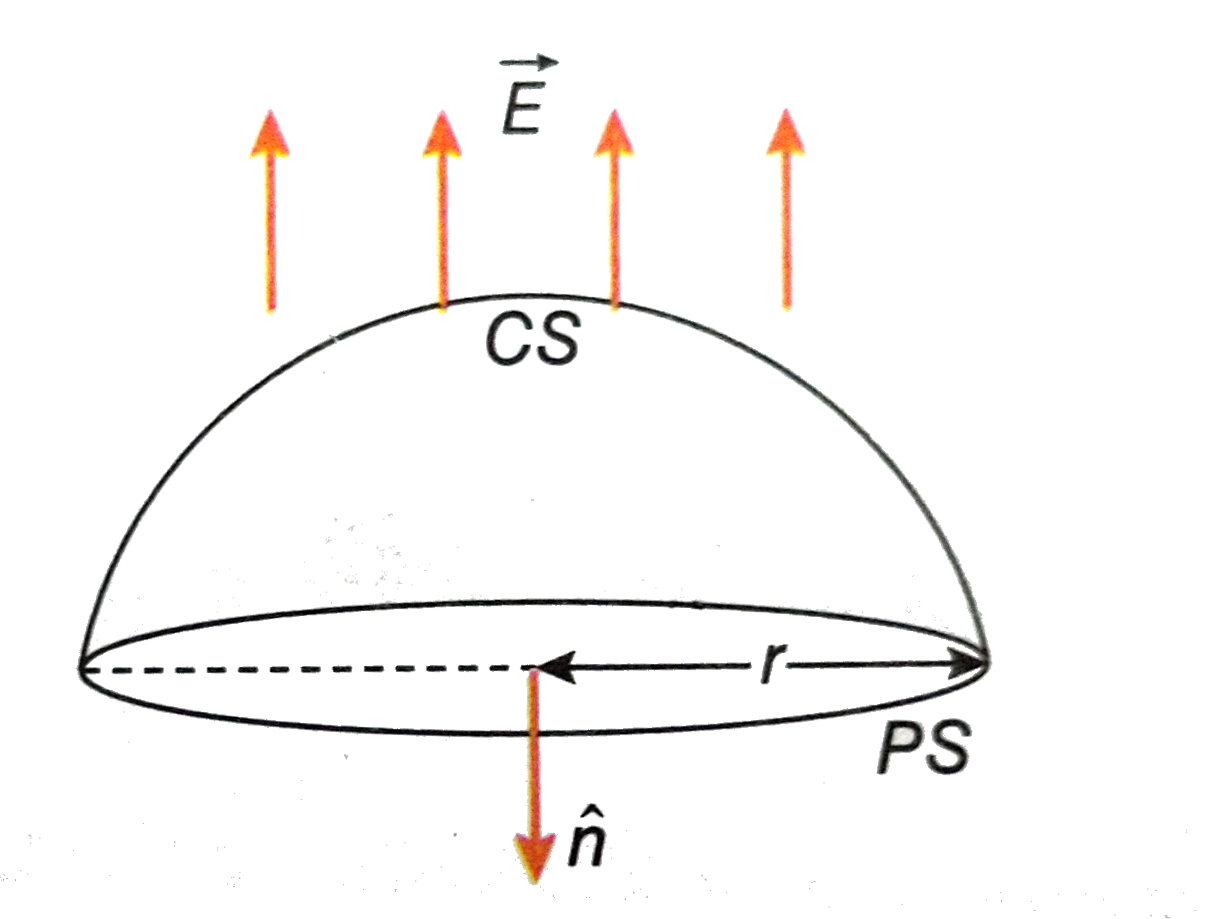EXERCISE ( HOTS NUMERICAL PROBLEMS ) from CHHAYA PHYSICS (BENGALI ENGLISH) ELECTRIC FIELD for Class 12
| Class 12 | PHYSICS |
| Chapter | ELECTRIC FIELD |
| CHHAYA PHYSICS (BENGALI ENGLISH) | EXERCISE ( HOTS NUMERICAL PROBLEMS ) |
| Medium | English |
| Academic Year | 2023-2024 |
Question 30
A square of side 20 cm is enclosed within a sphere of radius 80 cm . Centres of the sphere and the square coincide at a common point . There are four charges of 2×10−6C.−5×10−6,C.−3×10−6Cand6×10−6C at the four corners of the square . the electric flux passing through the surface of the sphere in N.m2/C. View SolutionQuestion 71
Two small balls having equal positive charge Q,C each are supended by two insulating strings of equal length L meter form a hook fixed to a stand . The whole set up is taken to a satellite in space where there is no gravity.Calculate the angle between the two strings and the tension in each string.View SolutionQuestion 93
An electric dipole had been formed by placing two particles each of mass m at the two ends of a light rod of length l. The charges of the two particles are +qand−q. This dipole is placed in a uniform electric field E in such a way that its axis is parallel to the direction of the field. The dipole is now deflected through a small angle. Show that for small angular displacement, the dipole will execute angular simple harmonic motion. Calculate the time period of the simple harmonic motion.View SolutionQuestion 98
The charge of one of two small charged conductors is twice that of the other. The two conductors repel each other with a force of 50 dyn. If the distance between them is decreased by 3 cm, the force becomes 128 dyn. What are the magnitudes of the charges ? What was the initial distance ?View SolutionQuestion 101
Three charges are placed in vacuum on a horizontal plane. The magnitude of charge q1 is +8 esu. Charge q2 is situated north of q1 at a distance of 5 cm an its magnitude is +12.5 esu. Charge q3 is at the east of q1 at a distance of 8 cm and its magnitude is −24 esu. Determine the magnitude and direction of the force acting on the charge q_(1)~View SolutionQuestion 102
Two insulated metal spheres of the same size are charged with −15 esu and +25 esu. The distance between their centres is 10 cm. What is the force acting between the two charges? If the two spheres are made to touch each other and then placed in their previous positions, what will be the force acting between them?View SolutionQuestion 111
An electric dipole is formed by the two equal and opposite charges, 6nC each, kept 1 mm apart. Determine the magnitude and the direction of the field intensity at a point which is 3 m away from the midpoint of the line joining the two charges and making an angle 60∘ with the line.View SolutionQuestion 116
Due to the presence of a charge at the centre of a sphere of radius 10 cm, the electric flux passing through the surface of the sphere is −6×103N.m2.C−1.
(i) What is the magnitude of charge inside the sphere?
(ii) If a concentric spherical Gaussian surface with a radius double that of that of the sphere is taken, what will be the amount of electric flux now passing through this surface?View SolutionQuestion 117
Two spheres of the same mass, radius and charge are suspended from the same point by threads. At first, the system is placed in vacuum and then it is immersed in a liquid of density 0.8g.cm−3 and dielectric constant 3. In both the cases, the threads make equal angles with each other. Determine the density of the material of the spheres.View SolutionQuestion 120
A charge +1×10−5C is uniformly distributed over a thin wire ring of radius 1 m. A particle of mass 0.9 g and carrying charge −1×10−6C is placed on the axis of the ring at a distance of 1 cm from the centre of the ring. Prove that the motion of this negatively charged particle is simple harmonic. Calculate the time period of the oscillation.View SolutionQuestion 121
Three charges, each of value q, are placed at the vartices of an equilateral triangle. A fourth charge Q is placed at the centre of the triangle. (i) If Q=−q, will the charge at the vertices move towards the centre of fly away from it? (ii) For what value of Q will the charges remain stationary?View SolutionQuestion 123
A sphere is suspended from the end A of a rod AB and the rod is balanced by placing weights on a scale pan suspended from the end B. AB = 22 cm. The flucrum of the balance is at a distance of 2 cm from the end A and 20 cm from the end B. Another sphere is placed directly below the sphere suspended from A. The distance between the centres of the two spheres is 2 cm. The two spheres are now charged with +100 esu. To make the rod AB balanced again, what should be the change of weight in the scale pan?View SolutionQuestion 125
Two concentric thin metallic spherical shells of radii R1 and R2 (where R1<R2) are charged with q1andq2 coulombs, respectively. Using Gauss' theorem show that,
(i) the electric field intensity for radius r<R1 is zero,
(ii) the electic field intensity for radius r, where R1<r<R2, is 14πε0.q1r2 and
(iii) the electri field intensity for radius r>R2 is 14πε0.q1+q2r2.View SolutionQuestion 127
A particle of mass m and +q is located midway between two fixed charged particles each having a charge +q and at a distance 2l apart. Assuming that the middle charge moves along the line joining the fixed charges, show that the frequency of oscillation when it is displaced slightly is
q2π√1πε0ml3View SolutionQuestion 128
It has been experimentally proved that in a huge portion of the earth's atmosphere, electric field intensity is acting vertically downwards. Field intensity is 60 V.m−1 at an altitude of 200 m from the earth's surface and 120 V.m−1 at an altitude of 100 m. Calculate the net electric charge enclosed by a cube of side 100 m. The cube is placed within the altitude range of 100 m to 200 m.View SolutionQuestion 129
An electron is displaced by 1.5 cm opposite to the direction of a field of intensity 2×104N/C. Then a proton covers the same distance towards the direction of the previous field. Mass of a proton and an electron are −1.73×10−27kg and 9.1×10−31kg respectively. Determine the amount of time taken by the proton and the electron.View SolutionQuestion 131
A ball having charge 4.9×10−5C and mass 100 g is allowed to fall from rest. Horizontal field intensity of the place from where the ball starts to fall is 2×104N/C. (i) Calculate the resultant force applied on the ball. (ii) What is the nature of the path followed by the ball ? (iii) What would be the position of the ball after 2 s?View Solution
All Exercises from CHHAYA PHYSICS (BENGALI ENGLISH) Class 12 PHYSICS ELECTRIC FIELD
- SECTION RELATION QUESTIONS
- HIGHER ORDER THINKING SKILL QUESTIONS
- NCERT TEXTBOOK QUESTIONS WITH ANSWER HINT
- NCERT EXEMPLAR QUESTIONS WITH ANSWER HINT
- EXERCISE ( HOTS NUMERICAL PROBLEMS )
- EXERCISE ( MULTIPLE CHOICE QUESTION )
- EXERCISE ( VERY SHORT ANSWER TYPE QUESTIONS )
- EXERCISE (PROBLEM SET -I)
- EXERCISE (PROBLEM SET -II)
- EXERCISE (SHORT ANSWER TYPE QUESTIONS-I )
- EXERCISE (SHORT ANSWER TYPE QUESTIONS-II )
- ENTRACNCE CORNER ( COMPREHENSION TYPE )
- ENTRACNCE CORNER ( INTEGER ANSWER TYPE )
- ENTRACNCE CORNER ( MATRIX MATCH TYPE )
- ENTRACNCE CORNER (ASSERTION-REASON TYPE )
- ENTRACNCE CORNER (MULTIPLE CORRECT ANSWER TYPE )
- EXAMINATION ARCHIVE ( AIPMT)
- EXAMINATION ARCHIVE ( JEE MAIN )
- EXAMINATION ARCHIVE ( NEET )
- EXAMINATION ARCHIVE (WBCHSE)
- EXAMINATION ARCHIVE (WBJEE)
- CBSE SCANNER
- NUMERICAL EXAMPLES



